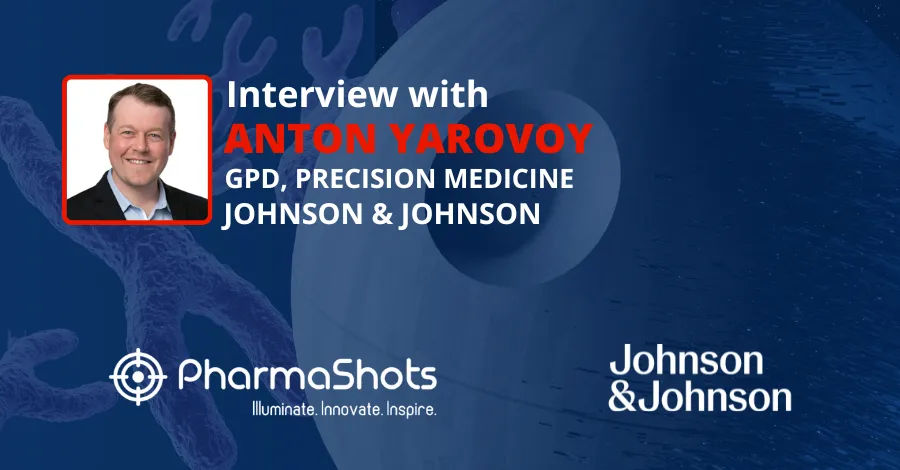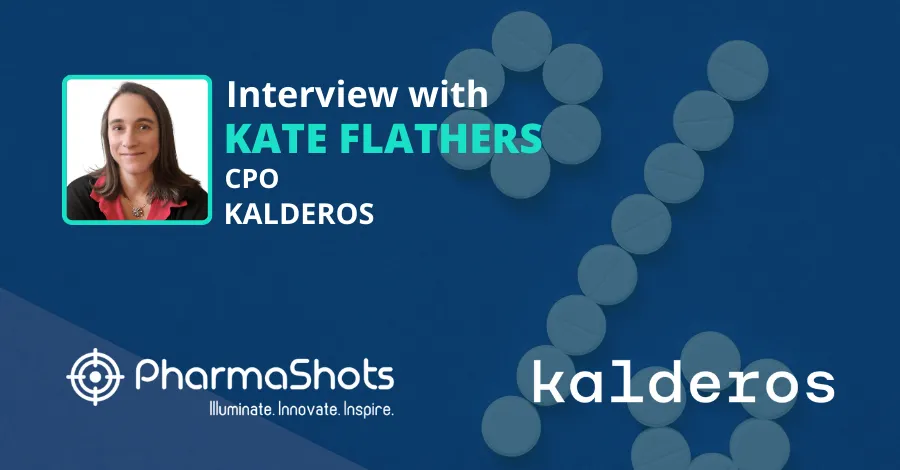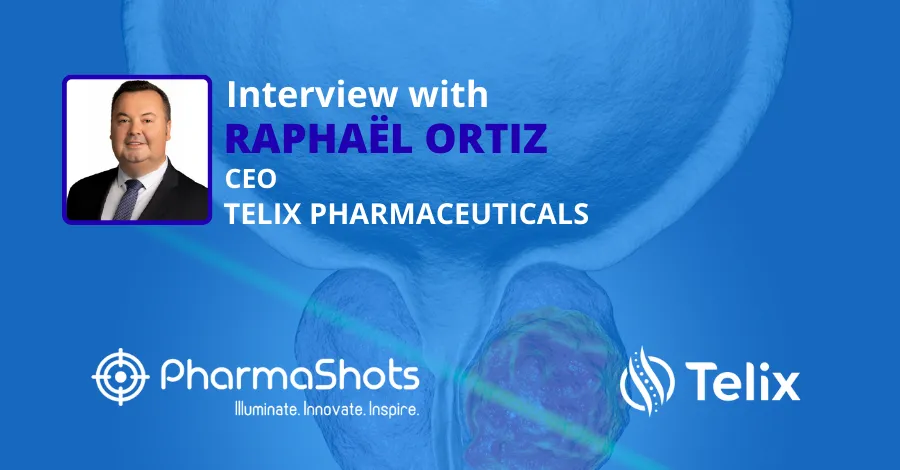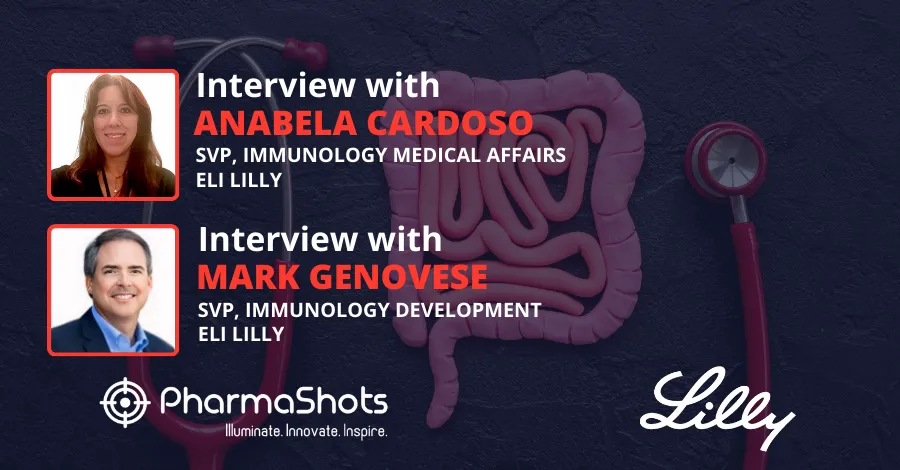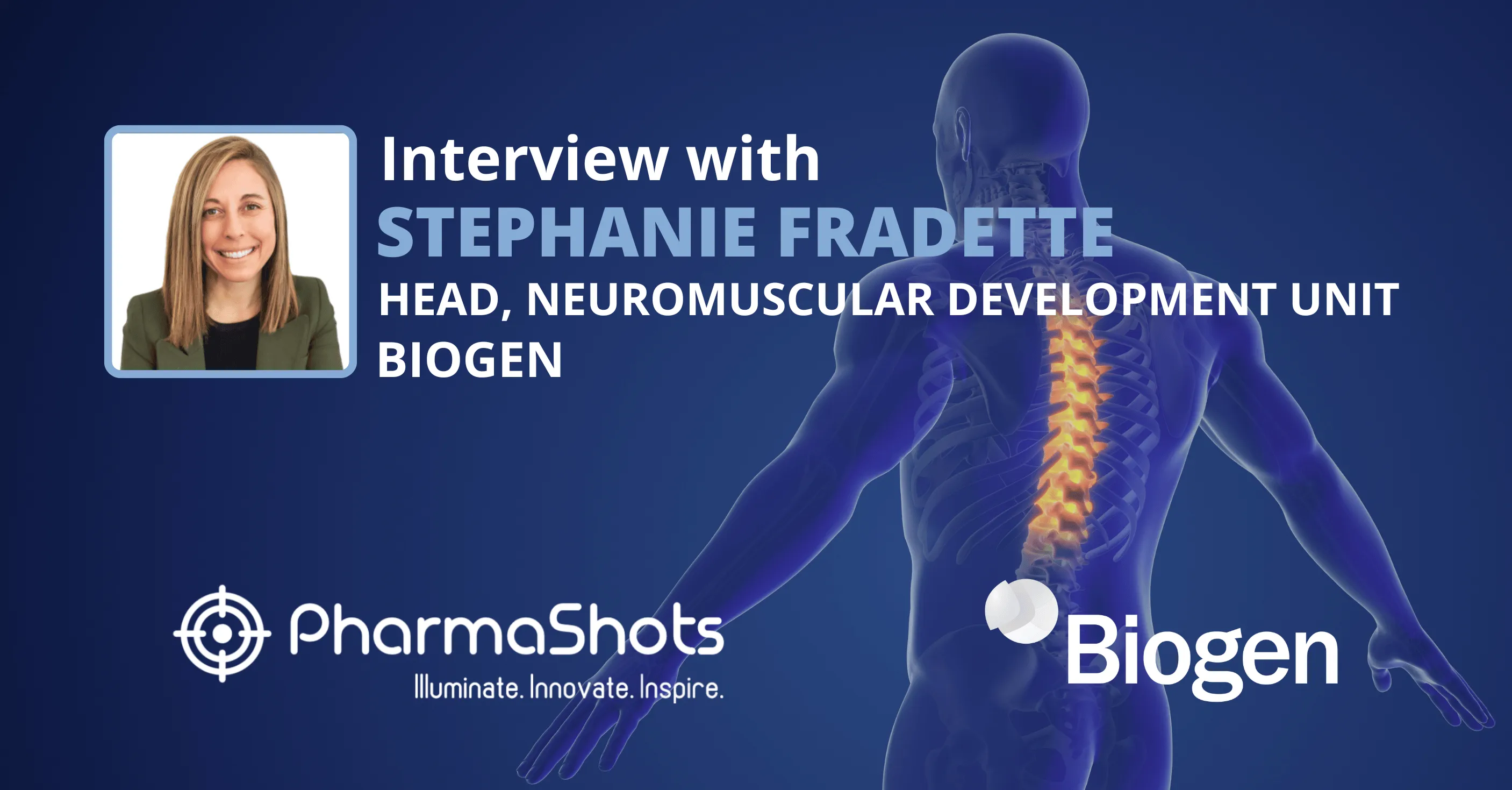
PharmaShots Interview: Fusion Pharma's John Valliant Shares Insight on its Collaboration with AstraZeneca
In an interview with PharmaShots, John Valliant, CEO at Fusion Pharma shared his views on the company's agreement with AstraZeneca, signed in Nov 2020. He also shared in-depth information about the company's TATs platform & Fast-Clear linker technology and provide a glance at Fusion's portfolio.
Shots:
- Fusion to receive $5M up front and $40M as milestones & other payments. The companies will jointly discover, develop, and have an option to co-commercialize novel TATs in the US while AstraZeneca will lead commercialization in the ROW with equal profit & loss sharing globally
- The collaboration leverages Fusion's TAT platform and expertise in radiopharmaceuticals with AstraZeneca's portfolio of Abs and cancer therapies, including DDRis
- Additionally, the companies will exclusively explore other specified combination strategies between TATs (including Fusion's FPI-1434) and AstraZeneca's therapies for cancer indications. Both companies will retain full rights to their respective assets
Tuba: Can we have an in-depth insight (upfront payment, milestone payments set, royalties if any) into Fusion collaboration with AstraZeneca?
John:
- From this collaboration, we hope to use each partner's expertise and technology to create radiation therapies that redefine how we treat cancer for the benefit of patients.
- With a platform technology that we believe is broadly applicable using a number of targeting agents, we are consistently looking for ways to grow our pipeline. Given AstraZeneca's deep portfolio of antibodies and expertise in precision oncology, including DDRis, we view them as an ideal partner.
- In the case of this partnership, Fusion will bring the radioisotope and linker technology, as well as expertise in radiopharmaceutical development, manufacturing, and supply chain. AstraZeneca will bring to the partnership their industry-leading antibody portfolio and oncology expertise.
- This is a long-term partnership that will drive value, both in terms of expanding our pipeline of novel TATs and significantly expanding the market opportunities for our existing product candidates.
- Along with creating novel TATs, together we will explore new combination therapies, including evaluating the synergy of the DNA damaging and neoantigen-creating power of TATs with DNA damage repair inhibitors and immuno-oncology agents to create new and potent cancer therapies and treatment paradigms.
- The Company received an upfront payment of $5.0 million from AstraZeneca. In addition, the Company is eligible to receive future payments of up to $40.0 million, including clinical milestones.
Tuba: Please discuss in detail about Fusion's Targeted Alpha Therapies (TATs) platform and a Fast-Clear linker technology?
John:

Source: Fusion Pharma
- We developed our proprietary Fast-Clear linker technology to enable the delivery of isotopes to tumor cells while simultaneously promoting enhanced clearance of the non-tumor localized radiation.
- Fast-Clear linker differs significantly from standard commercial linkers. When our targeted alpha therapies (TATs) are metabolized outside of cancer cells, the Fast-Clear linker technology is designed to rapidly clear from the body along with any isotopes bound to the linker.
- Based on an immune response we saw in preclinical studies, we believe that the combination of our TATs with checkpoint inhibitors may lead to a robust therapeutic effect in solid tumors compared to checkpoint inhibitor monotherapies.
Tuba: Why does Fusion think radiopharmaceuticals are a promising area of exploration in oncology?
John:
- External beam radiation has been a mainstay of cancer therapy for decades. Radiopharmaceuticals take it to the next level by precisely delivering radiation to cancer cells. Fusion focuses on alpha-emitting radiopharmaceuticals, which cause substantial physical damage to cancer cells, including multiple double-stranded DNA breaks that are lethal to the tumor. Despite their lethal nature, alpha radiation also travels only 1-3 cells in distance. When combined with a targeting molecule like an antibody, it is like a 'smart bomb' for cancer cells.
- Alpha radiation is extremely hard to resist, unlike many conventional therapies, and it kills cancer cells through multiple mechanisms of action which may give them the ability to treat hard-to-treat solid tumors and the potential to work synergistically with other approved oncology therapies. In addition to the primary MOA of 225Ac which is direct cell damage through the induction of multiple double-stranded DNA breaks, additional mechanisms, such as the 'bystander effect' (in which nearby tumor cells are also killed) likely expands the effective direct cell kill range of the alpha particles. We've also observed a third potential MOA in preclinical studies, the release of tumor-associated antigens and concomitant maturation of antigen-presenting cells and proliferated T cells at tumor sites, leading to an enhanced immune response to go along with the physical damage by the alpha radiation.
Tuba: Can we have a quick overview of Fusion's pipeline portfolio?
John:
- Our plan is to develop our lead asset FPI-1434, currently in s Phase 1 trial, first as a monotherapy treatment and then to pursue combination approaches. Initial approval in monotherapy may be in a relapsed/refractory patient population.
- Based on an immune response we saw in preclinical studies, we believe that the combination of our TATs with checkpoint inhibitors may lead to a robust therapeutic effect in solid tumors compared to checkpoint inhibitor monotherapies.
- We are also exploring the potential of combining FPI-1434 with DNA damage response inhibitors, or DDRis. In our preclinical studies, we have seen a strong synergistic effect by combining FPI-1434 with approved PARP inhibitors.
- We believe that the synergies we have observed could expand the addressable patient populations for our assets and allow for potential use in earlier lines of treatment if approved.
Tuba: When can we expect the initiation of clinical studies of the combination regimen discussed under the collaboration?
John:
- We are not providing any specific timelines at this time. It is a long-term relationship, expected to last from early-stage development well into commercialization. Having just signed the agreement, we are in the process of putting in place a joint steering committee to work out the plan details and we look forward to getting started.
Tuba: Are you looking for more collaboration to improve the lives of patients with cancer?
John:
- Yes. We have the capacity to handle additional programs.
- We believe we have a platform technology that can be used with a range of antibodies or other targeting molecules and unparalleled R&D and manufacturing expertise. We designed our platform to be readily scalable and our internal R&D team has refined the process for converting antibodies into TATs and testing them as monotherapies and combination therapies.
Tuba: What is the clinical status of Fusion's Lead candidate FPI-1434?
John:
- Our plan is to develop our lead asset FPI-1434, currently in s Phase 1 trial, first as a monotherapy treatment and then to pursue combination approaches. Initial approval in monotherapy may be in a relapsed/refractory patient population.
- We are also exploring the potential of combining FPI-1434 with DNA damage response inhibitors, or DDRis. In our preclinical studies, we have seen a strong synergistic effect by combining FPI-1434 with approved PARP inhibitors.
Tuba: Do you face any delay in clinical activities of the company amid COVID-19?
John:
- Following a shutdown of the labs earlier in the year, we have now partially resumed preclinical activity with a rotating schedule in our labs.
- We currently have trial sites opening and enrolling, and we are also aware of certain trial sites that are impacted by COVID-19 and experiencing delays. We have seen some delays in study start-up activities (IRB reviews, redeployment of staff to COVID-related activities, etc.) at some of the active sites and some of the new sites that we are bringing on board. We are continuing to monitor this closely, but it is difficult to predict any future impacts, particularly relating to trial enrollment.
Main Image Source: Futurity
About Author:

Dr. Valliant is the Founder and Chief Executive Officer of Fusion Pharmaceuticals. Dr. Valliant has been instrumental in securing both investment and scientific and medical collaborations with the industrial and academic partners of Fusion.

This content piece was prepared by our former Senior Editor. She had expertise in life science research and was an avid reader. For any query reach out to us at connect@pharmashots.com





